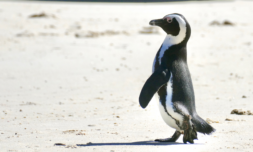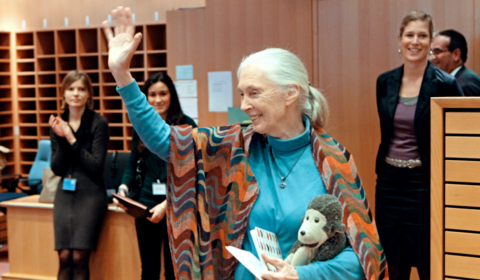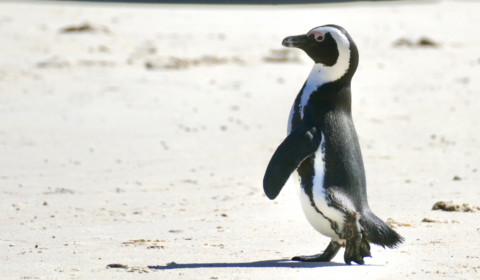The researchers took a close look at 665 conservation trials across various ecosystems and species over the last decade.
They found that a massive two-thirds of them had successfully improved biodiversity conditions in the places where they were implemented.
One notable example from the report is the Congo Basin, a 2 million square kilometre stretch of forest located in West-Central Africa. Here, improved protection and forest management has led to a 74 percent reduction in deforestation rates.
A decline in deforestation is not only important for surrounding wildlife but also for Earth’s ecological balance, as the Congo rainforest is a vital carbon sink that absorbs and stores planet-warming greenhouse gas emissions.
The report featured another success story taking place in Florida’s barrier islands. Here, a rare bird species called the Least Tern (approx. 18,000 left in the world) has seen its breeding rates double, thanks to enhanced predator management.
Conservation is not always a sure shot
Though there are many reasons to celebrate, the study showed that in 1 out of every 5 interventions, efforts could sometimes lead to a decline in the targeted species’ populations.
Still, there’s an unexpected silver lining here too.
The researchers explain that ‘even when a conservation intervention didn’t work for the species it was intended to help, other species often inadvertently benefited.’
For example, creating marine protected areas for seahorses in Australia accidentally increased their likelihood of being killed. However, they soon learned that this was due to larger predator species benefiting from increased marine protection.
This observation shows how truly complex and interdependent species within large ecosystems are. It also demonstrates how difficult it can be for conservationists to predict the outcomes of their work.
Despite these challenges, the study’s authors urge that global conservation work and environmental protection policies should continue to be part of our future.
How are world leaders advancing conservation?
Back in 2022, close to 200 countries adopted the Global Biodiversity Framework, committing to halt nature’s decline by the end of the decade.
They also committed to giving at least $200 billion annually to various sources for conservation efforts – but only about $121 billion is currently being invested worldwide.
This indicates that many countries are continuing to drag their feet, leading to a substantial gap in the necessary funding.
Even with these shortcomings though, the decade-long research project has brought to light just how big of a positive impact conservation projects can make over time.
With improved funding to build and expand efforts like these, let’s hope we hear more of the same good news in the years to come.Bottom of Form





















